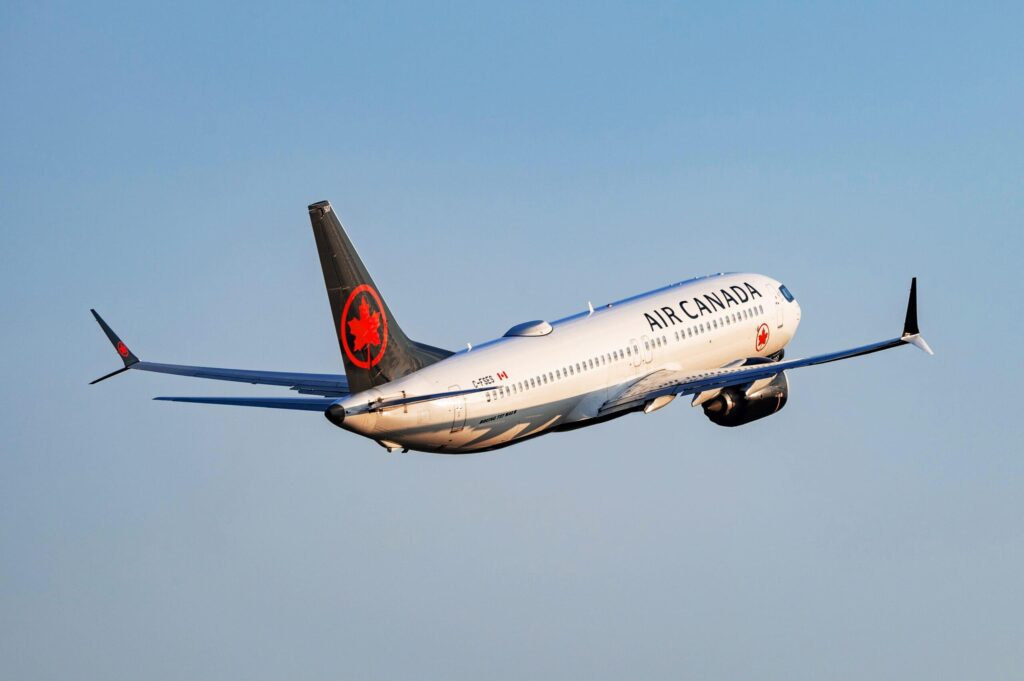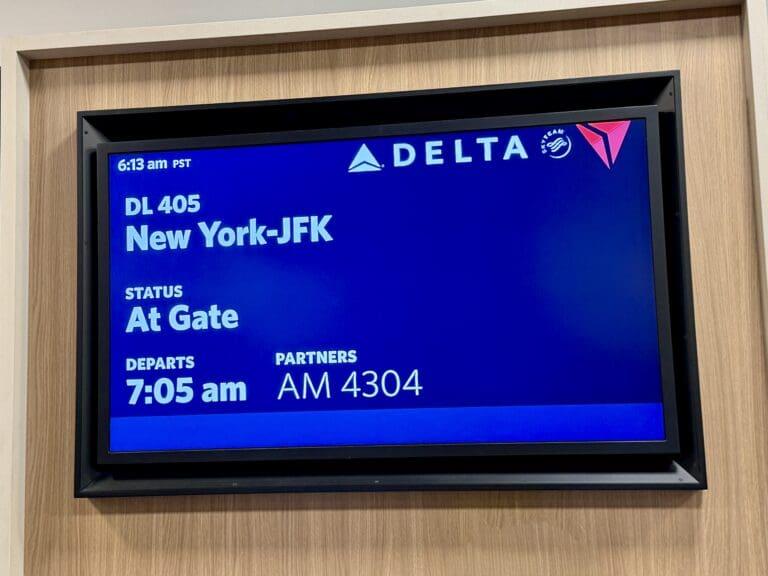Platinum Vs. Reserve: Uncover The Best Travel Card For You
I’ve spent countless hours comparing credit card offers, digging through benefits, and chatting with fellow travelers about their experiences. Time and again, the American Express Platinum® and the Chase Sapphire Reserve® top the list of premium travel options. From versatile reward structures to prestige perks, both cards cater to people who love exploring the world—whether that means a brief weekend escape or a long-haul journey across continents.
Annual Fees and Credits

I remember being surprised when I first spotted the American Express Platinum’s $695 annual fee. According to an internal 2024 Amex report I read, most Platinum holders offset that fee through the various travel, dining, and entertainment statement credits. For instance, frequent flight bookings can trigger multiple credit perks that reduce out-of-pocket expenses for incidental fees. Meanwhile, the Chase Sapphire Reserve’s $550 annual fee is paired with a straightforward $300 travel credit, which automatically applies to purchases ranging from flights and hotels to public transportation. That simplicity can make a world of difference when you’re juggling multiple expenses at once.
In my own travels, I’ve noticed it’s not always about the highest statement credit amount—it’s about how easily and frequently I can use it. Amex Platinum offers a more diverse set of credits, such as those for select streaming services or rideshare platforms, but I’ve seen travelers who prefer the Reserve because that single $300 credit cuts down the effective annual fee in a more transparent way. It’s worth crunching the numbers based on your individual habits.
If you generally stay at upscale hotels or book flights directly with airlines, the Platinum card’s credits often work very smoothly. But for those who spend on multiple travel types—like rideshares, trains, or even Airbnb—the Reserve’s travel credit is broader. A 2025 survey from the U.S. Travel Association indicated that travelers who mix and match their modes of transport tend to prefer flexible credits over specialized ones.
Welcome Bonuses and Rewards

Welcome bonuses can feel like travel magic—especially when you snag tens of thousands of points in one go. American Express Platinum typically rolls out an impressive introductory offer that’s designed to jumpstart your rewards balance. I’ve seen frequent flyers rack up enough points from these sign-up promotions to cover a pair of round-trip domestic flights. And once you’re settled, earning 5X points on flights booked through Amex Travel can help you accumulate rewards at a brisk pace.
Chase Sapphire Reserve, by contrast, doles out a robust bonus of its own. One of my favorite features is the 50% redemption boost when you book travel through the Chase Ultimate Rewards® portal. I noticed I could stretch my points further on hotels and flights, turning a modest sum of points into real savings. According to a 2024 analysis by NerdWallet, Sapphire Reserve cardholders often see higher point valuations because of this built-in redemption multiplier, which adds tangible value beyond the stated welcome bonus.
Ultimately, choosing between these two welcome offers hinges on how you spend and redeem points post-bonus. If you’re focused on airline or hotel spend via Amex Travel, Platinum can be a powerhouse. But if you’re a generalist who wants to redeem for a wide range of travel experiences, the Reserve’s Ultimate Rewards may feel more universal.
Lounge Access Showdown

Lounge access became a big deal for me once I started needing a quiet place to recharge between long flights. With American Express Platinum, I was thrilled to discover how many lounge options were available: Centurion Lounges, Delta Sky Clubs (when you fly Delta), and the Priority Pass network. That array of lounge choices can spoil you quickly. There’s nothing like a crisp drink, comfortable seating, and reliable Wi-Fi to make a layover feel more like a treat than a hassle.
Chase Sapphire Reserve’s lounge benefits lean on Priority Pass membership, which is a huge plus for international travel. However, if you often fly Delta or value the Centurion Lounge experience (with dedicated dining and signature cocktails), Platinum has the edge. I once shaved hours off my stress levels during a flight delay simply by hunkering down in a Centurion Lounge, sipping coffee, and getting some work done in a peaceful corner.
Consider where you fly most frequently. If your local airport has an Amex Centurion Lounge, that might weigh heavily in favor of Platinum. But if you crisscross the globe and rely on the common Priority Pass network, then Reserve keeps you well-covered. Industry data from 2023 suggests lounge access is a top priority for 60% of premium cardholders, so it’s worth factoring in your travel style.
Spending Categories and Travel Partners

When it comes to ongoing rewards, I’ve had to track my habits closely. Frequent dining out? You might get more mileage with the Reserve’s 3X points on restaurants and travel. Booking flights directly with airlines or through Amex Travel? Platinum’s 5X can add up fast for airfare. A recent study by J.D. Power found that 75% of travelers prefer cards with elevated dining rewards, highlighting a growing trend toward foodie-focused spending.
Transfer partners can also make a big difference. Amex’s lineup includes competitive airline transfer partners like Delta, British Airways, and others, though some industry insiders note that redemption can be trickier to navigate. Meanwhile, Chase links to a well-rounded roster of airlines (like United and Southwest) and hotels (like Hyatt and Marriott), making it easier to pivot points to whichever brand has the best availability. I recall booking a trip to Hawaii through a Chase partner transfer that saved me almost 30% compared to a direct redemption.
Before picking a card, I suggest mapping out your typical monthly expenses, then matching your spending behavior against each card’s multipliers. That clarity will help you see if you’re more aligned with Amex’s flight-centric bonus or Chase’s broader coverage of travel and dining.
Choosing Your Best Fit

After testing both cards, I believe it truly comes down to how each traveler values simplicity versus specialization. If you’re aiming to unlock elite hotel statuses and sample the most exclusive lounges, Platinum delivers a premium experience. I felt almost pampered stepping into the Centurion Lounge or skipping lines at certain hotel check-ins. For many, that can be a big morale boost during hectic travel periods.
On the other hand, Chase Sapphire Reserve’s easy-to-use travel credit, strong dining multipliers, and flexible redemption options may help a broader audience find real value without constantly micromanaging all their perks. If you prize seamless reimbursements and a streamlined approach, then Reserve can be the more practical choice.
According to a 2025 market analysis by Bankrate, both cards continue to rank among the top-tier options for frequent flyers. Some comparison sites might cluster them differently based on their advertising relationships, but from what I’ve seen, understanding your personal goals and redemption preferences is the real key to getting the most bang for your buck.
Final Thoughts

These two premium cards represent distinct approaches to luxury travel. One emphasizes high-end lounge access, elevated hotel statuses, and generous flight credits, while the other focuses on streamlined earning categories, straightforward travel credits, and flexible redemptions. In a world where every point earned can open a door to unexpected adventures, it’s wise to choose the card that fits your everyday life—even if that life includes more local restaurant visits than first-class flights.
Between a potential avalanche of points from the welcome bonus and ongoing multipliers, it’s clear that either card can supercharge your travel game, especially if you invest time in learning how to maximize rewards. As you evaluate annual fees, lounge networks, and partner availability, remember that the best card is the one that consistently makes your globe-trotting dreams easier and more affordable.
Brad Lightall’s Take
I’ve observed that the “value” in these premium offerings isn’t always measured just in point yields or annual fee offsets—sometimes it’s about the little comforts that make traveling more enjoyable. Whether you’re upgrading your seat, breezing through airport lounges, or trading in points for a last-minute getaway, these perks can bring real joy to the journey.
Still, no card is perfect for every traveler. It’s crucial to be honest with yourself about how you prefer to explore the world. That self-awareness leads to an informed choice—one that makes every trip a bit more memorable.
BoardingArea is the place to find even more insights on these cards and other travel tips.
- Explore how to enhance your travel experience with Unlock Travel Perks: The Best 7 Hotel Cards For 2025 and make your hotel stays even more rewarding.
- Learn the secrets to effortlessly convert your Amex points into Delta Sky Miles with Unlock Travel: Amex Points to Delta Sky Miles Made Easy and unlock new travel possibilities.
- Discover all the incredible benefits waiting for you with Unlock the Ultimate Travel Perks with Amex Platinum and elevate your travel adventures to a new level of luxury.
- If you’re a frequent flyer, don’t miss out on the essential protection offered by Chase Sapphire Travel Insurance: A Frequent Flyer’s Guide to ensure peace of mind during your travels.
- Find out how you can stretch your travel rewards even further by reading How to Maximize Chase Ultimate Rewards Points for Travel and make the most of your Chase points.






























